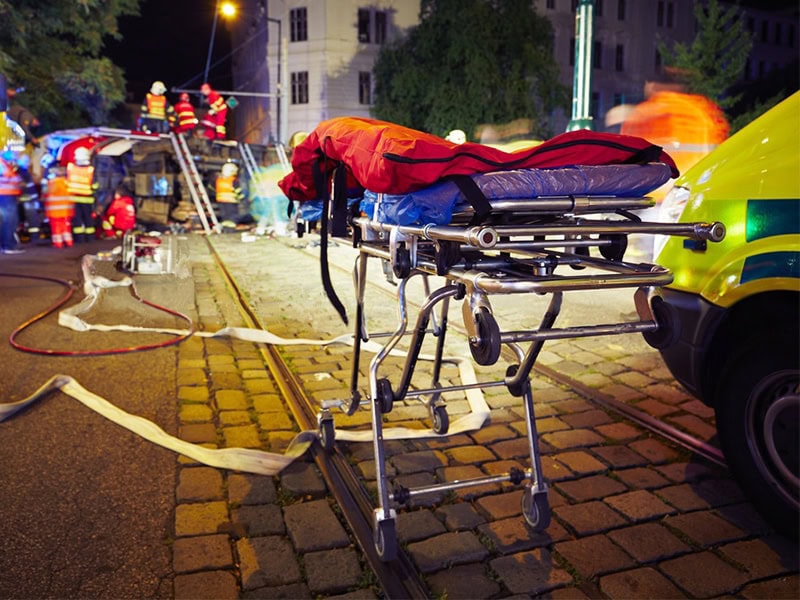Are you a healthcare driver or emergency response specialist looking for ways to enhance your emergency response capabilities with a trusted patient-handling device? In this guide, you’ll learn about different EMS stretcher types that can help you minimize carrying casualties and improve how you handle a patient’s body.
Stretchers are an essential piece of medical equipment in emergency response situations that offer a safe and efficient way to transport your patients without worsening their spinal injuries or others of a serious nature. Understanding what’s the right stretcher for different emergency scenarios is thus vital to ensure that your team is equipped to handle various situations effectively.
No wonder, the global stretchers and cots market stood at an impressive market value of 1.3 billion US dollars. So, without further ado, let’s explore the world of ambulance stretchers, emergency stretchers, and more, to discover how they can transform your emergency response operations.
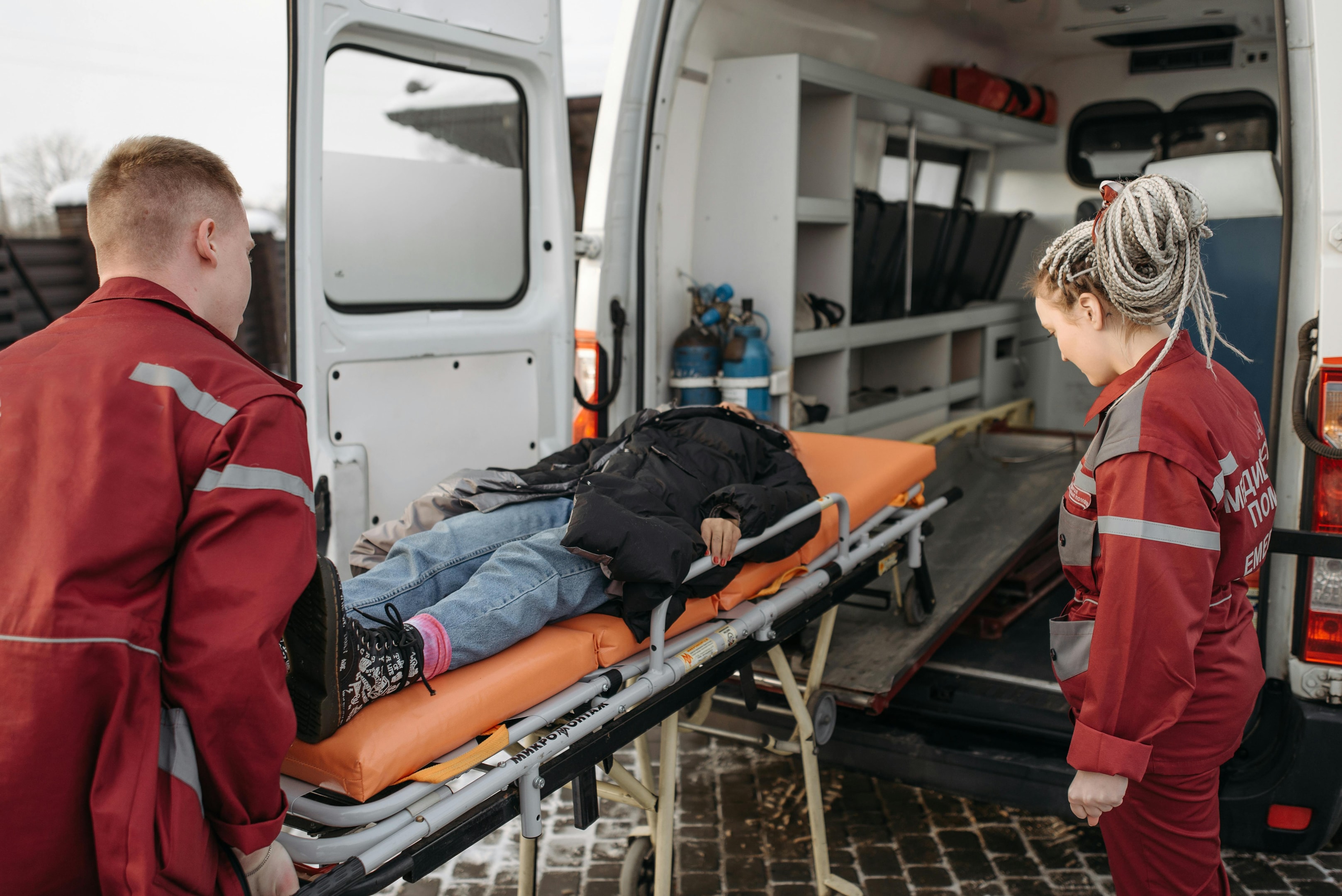
What Are Stretchers and Why Are They Important?
In simple words, stretchers are medical devices that provide rigid support to patients when you are transporting them. Whether you look at simple stretchers or some modern stretches, their core function is to offer a stable platform for patients, sort of a spinal board, during transport so they can receive emergency care without any additional harm.
This is especially true when traversing through rough terrain. They come in a number of designs to suit the demands of both urban areas as well as remote or hard-to-reach areas.
Understanding the Importance of Stretchers in Emergency Response
While used for normal or elective hospital transport cases equally, stretchers are crucial medical equipment in emergency response situations. They provide support for carrying and transporting patients with limb injuries or any suspected spinal injury, when they need to travel to medical facilities safely.
The emergency stretcher you use can significantly impact the outcome of the emergency response you provide. Unlike the dangers associated with manually carrying injured people or obese patients, stretchers give you a safe way to evacuate and carry patients when needed.
Types of Stretchers for Emergency Response
Now let’s see the different types of stretchers you can use for perfecting your emergency response services:
Ambulance Stretcher
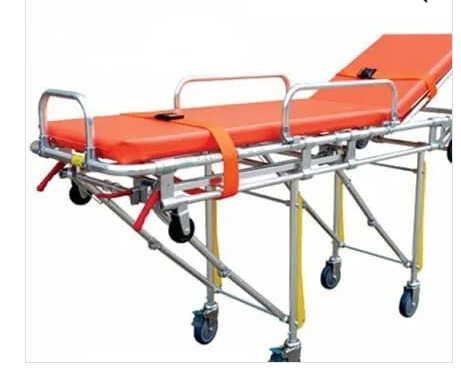
These come in various designs to support efficient emergency response and come in various sizes to adapt to different ambulance sizes used to carry patients to hospital or medical facility. Ambulance stretcher has a metal frame with features like autoloaders, lockable gas springs, and height-adjustable frames, making them ideal for transporting patients safely.
Emergency Stretchers
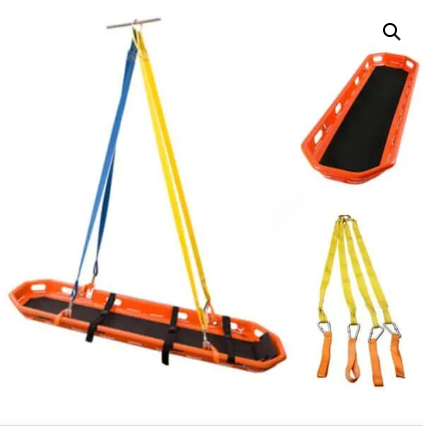
Emergency stretcher include scoop stretcher and basket stretcher. You can use them in remote or hard-to-reach areas. Made up of sturdy materials that can withstand challenging environments, they’re often used in search and rescue operations.
Wheeled Stretchers
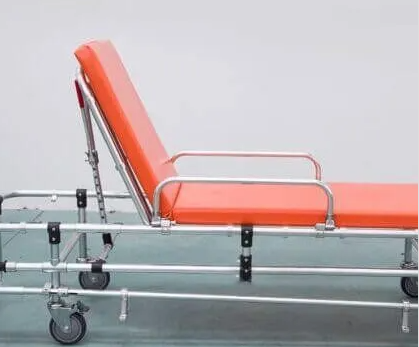
Wheeled stretchers are best for transporting patients over pavements and you can operate them single-handedly. This reduces the ambulance driver load as these modern stretchers are versatile and suitable for urban settings where the surfaces are smooth.
Portable Stretchers
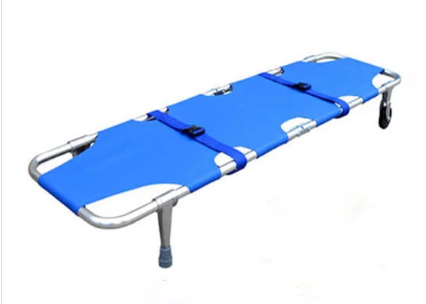
Portable stretchers are simply what the name suggests. These include flexible stretchers or folding stretchers. They are versatile and can be used in confined spaces as they are super lightweight and perfect for quick evacuations.
Now, let’s explore them in detail and their utility in different cases:
Ambulance Stretchers for Efficient Response
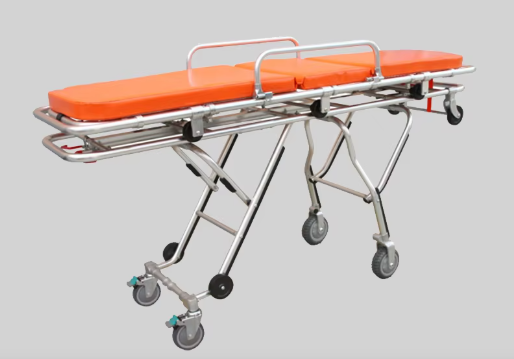
Ambulance stretchers come in handy in emergency transporting situations. Their design, featuring autoloaders, lockable gas springs, and height-adjustable frames, allows you to work more efficiently as they are perfect for ambulances of all sizes.
Emergency Stretchers for Remote or Hard-to-Reach Areas
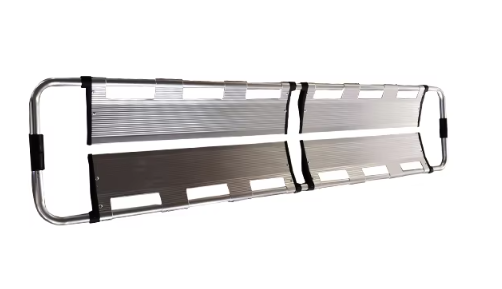
When you’ve to operate in remote or hard-to-reach areas, emergency stretchers, like rescue stretchers and basket stretchers, offer great help.
They’re built with sturdy materials to withstand tough environments like mines, high altitudes, and water and are often used in search and rescue operations.
Stair Chair Stretchers for Safe Navigation
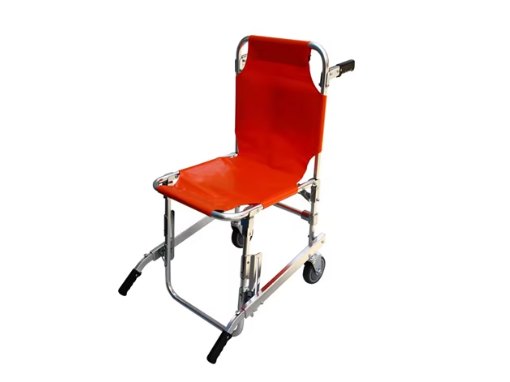
Stair chair stretchers are important for emergency cases as they’re designed to glide over staircases safely and are perfect for emergency medical professionals. They can offer you great maneuverability in tight spaces and transport patients up or down stairs safely.
Choosing the Right Stretcher for Your Emergency Response Needs
Here are some ways you can make an informed choice:
Consider the Type of Emergency Response Situation and the Terrain Involved
First, think about the specific emergency response situation and the terrain involved. For example, if you’re dealing with remote or hard-to-reach areas, go for stretchers that are lightweight and portable, such as a folding stretcher, flexible stretcher, or other rescue stretchers.
On the other hand, if you’re operating in urban settings, choose wheeled stretchers. They’re easy to use on pavements.
Think About the Weight Capacity and Size of the Stretcher Needed
Consider the weight capacity and size of the stretcher you need.
If you frequently handle bariatric patients, choose a stretcher with a higher weight capacity and a wider platform for safety and comfort. Or if you’re working in confined spaces, choose a compact and foldable stretcher.
Consider the Features Required
Think about the specific stretcher features you need. For example, autoloaders and lockable gas springs can enhance efficiency and safety by reducing the physical strain on responders.
Additionally, adjustable backrests, secure restraints, and high-quality mattresses can improve patient comfort and safety.
Key Features to Consider When Selecting a Stretcher
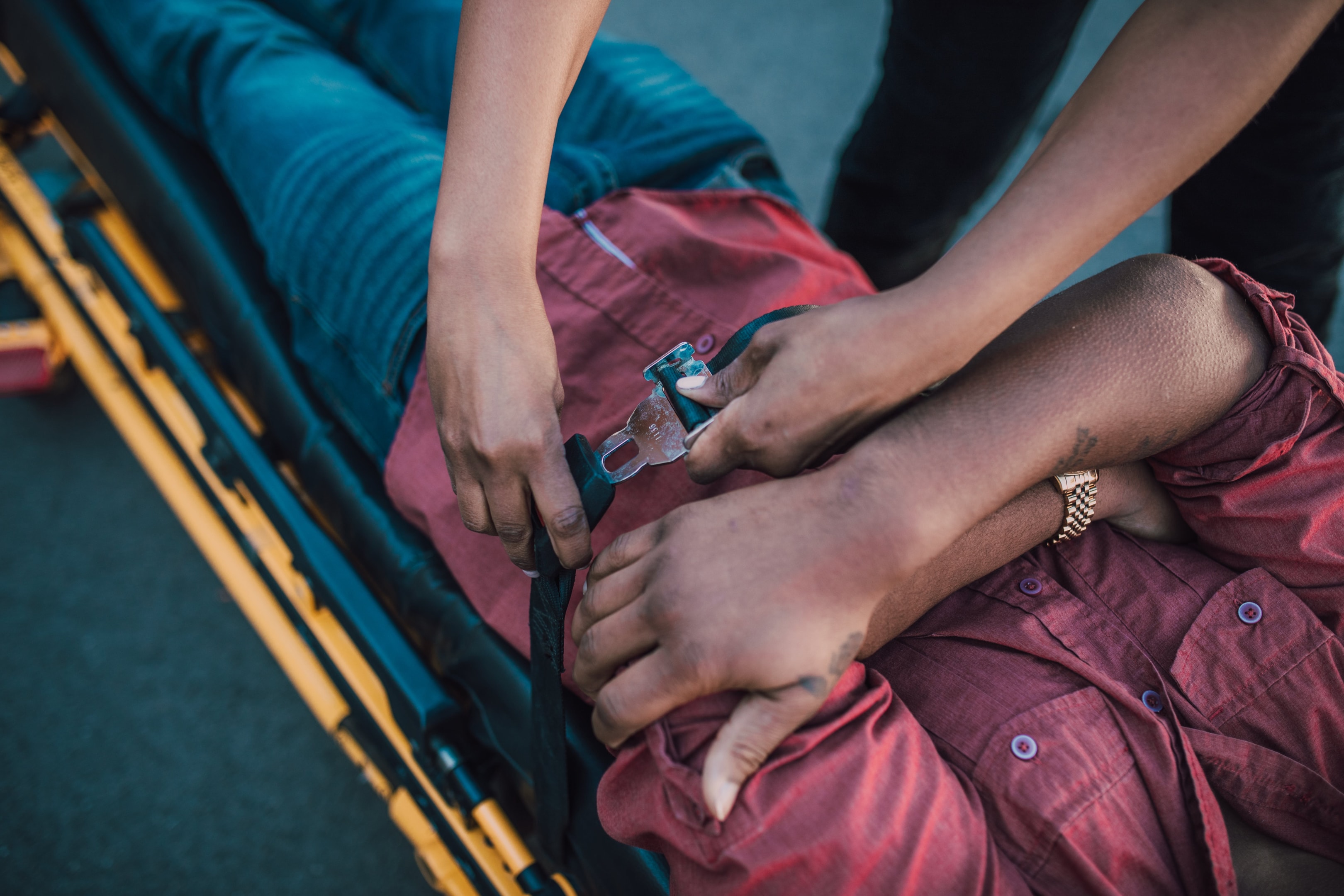
- Look for stretcher features like adjustable frames, wheels, and tracks or skids to fit different needs.
- Consider stretchers with safety belts and side railings. These are essential for securing the patient during transport and preventing movement that could cause further injury.
- Think about the material and weight capacity of the stretcher. Make sure whether you are picking a stair stretcher, durable fold stretchers, basic stretchers, or foldable stretchers, it is made from durable and easy-to-clean materials like metal or thick plastic material that can withstand harsh environments and support patients.
Benefits of Using the Right Stretcher in Emergency Response
Here are some benefits of using the right stretcher in emergency response:
- Reduced risk of further injury to the patient by providing a stable and secure platform for transport.
- Reduced risk of injury to you and your team by minimizing the physical strain.
- Increased efficiency of emergency response situations, allowing you to focus on providing medical care rather than struggling with equipment.
Best Practices for Stretcher Use and Maintenance
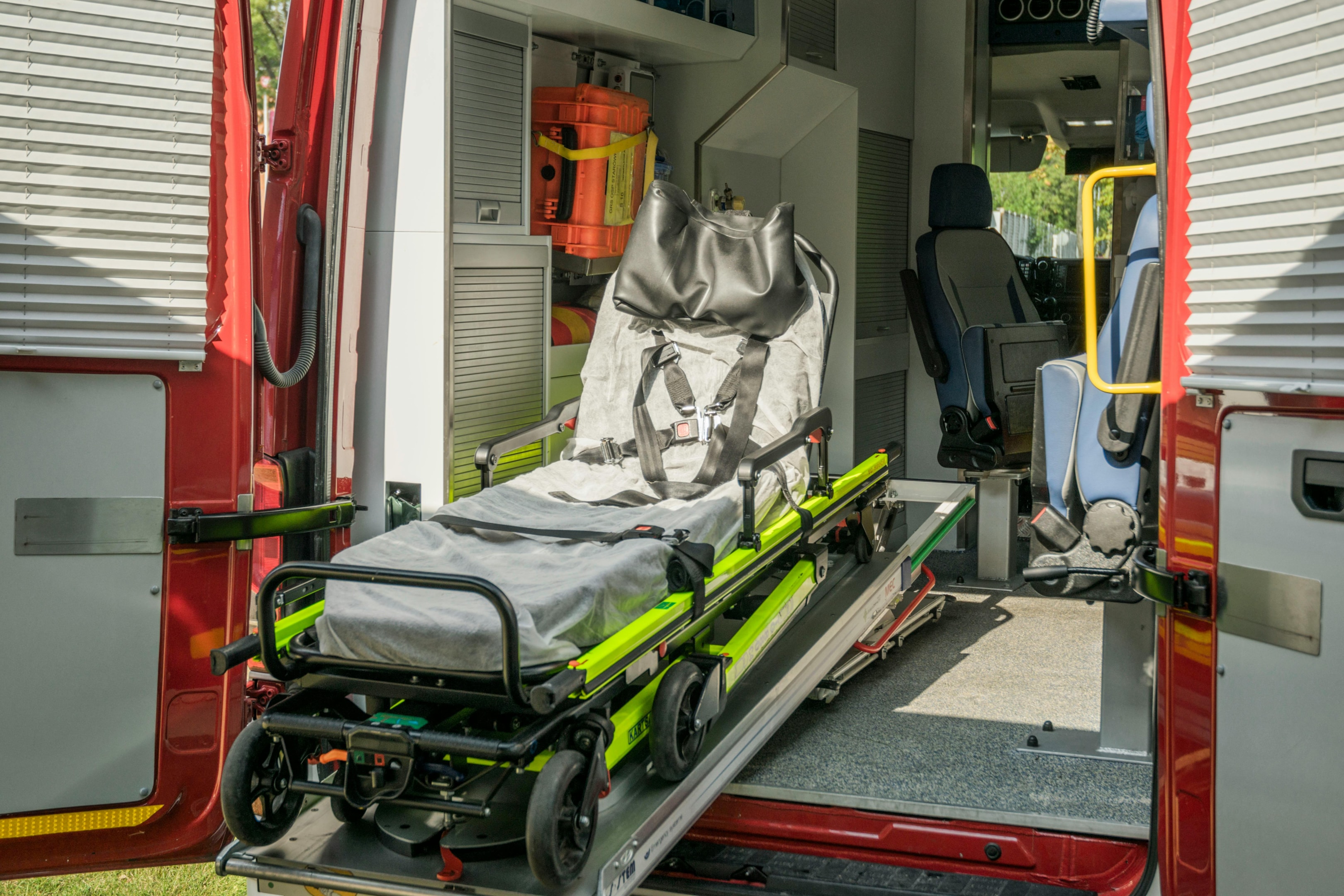
Here are some best practices for using stretchers:
- Always follow the manufacturer’s instructions for use and maintenance. Understand how to adjust the height, secure the patient, and navigate different terrains safely to ensure that the stretcher functions optimally.
- Regularly inspect the stretcher for damage or wear and tear to identify any signs of damage. Check the wheels, locks, and folding mechanisms to ensure they are in good working condition.
- Make sure that responders are properly trained in the use of the stretcher. Ensure they understand how to position the stretcher, secure the patient, handle challenging terrains, and maintain the device.
Final Thoughts!
All in all, stretchers are a crucial piece of equipment in emergency medical situations. By understanding the different types of stretchers and their importance, you can ensure that your emergency response team is well-equipped to handle various scenarios effectively and guarantee patient safety.
Partner With JIEKANG for the Finest Quality EMS Stretchers
Now that you know the different EMS stretcher types learn, and explore the best stretchers by JIEKANG Medical. Looking to enhance your emergency response capabilities with high-quality medical equipment? JIEKANG can be your best choice!
At JIEKANG Medical, we specialize in producing a wide range of first-aid products, including stretchers, splints, hospital beds, and more. With over 300 species of products and exports to 49 countries and regions, we are your trusted partner for all your medical supply needs. Explore our wide range of stretchers now and get your favorite type delivered.

